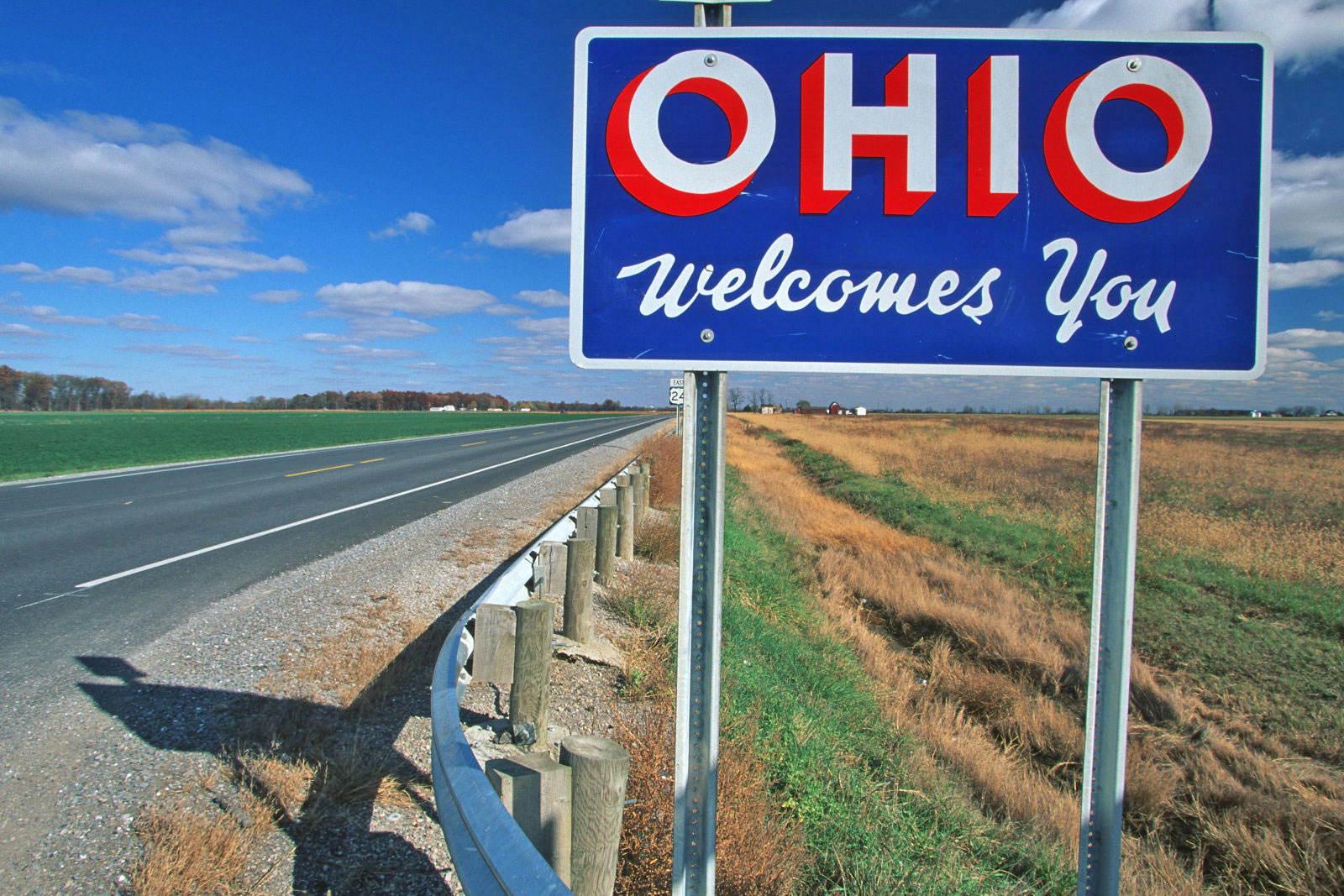Self-driving cars to prove their mettle on an Ohio highway
When you think of American states that are crucial to the future of transportation, you probably think of California, Michigan and maybe Nevada. Ohio, however, is determined to put itself on the map. Thanks to a mix of federal and local funds, the state is wiring a 35-mile portion of Route 33 for vehicle-to-infrastructure communication tests. Ideally, this will solve traffic issues by helping connected and self-driving cars talk to both highway systems and each other. With enough test data, these smarter cars could both take better advantage of the available lanes and drive in closely-packed platoons.
The wiring takes place this summer, although tests will have to wait until everything is in place. There are already partners lined up to use it, though: Intel’s Wind River is teaming up with Ohio State University, the city of Dublin and the Transportation Research Center to use the Route 33 segment as an autonomous vehicle testbed. Honda and other companies could also use the smart highway for their own research.
You aren’t likely to see the results of this work for years. However, it could prove vital to the future of self-driving tech. The first fully autonomous vehicles to enter service are likely to start driving on highways first, not city streets — this will help them make full use of those simpler but faster passageways, and should refine the technology until it’s ready for trickier situations.
(23)
















